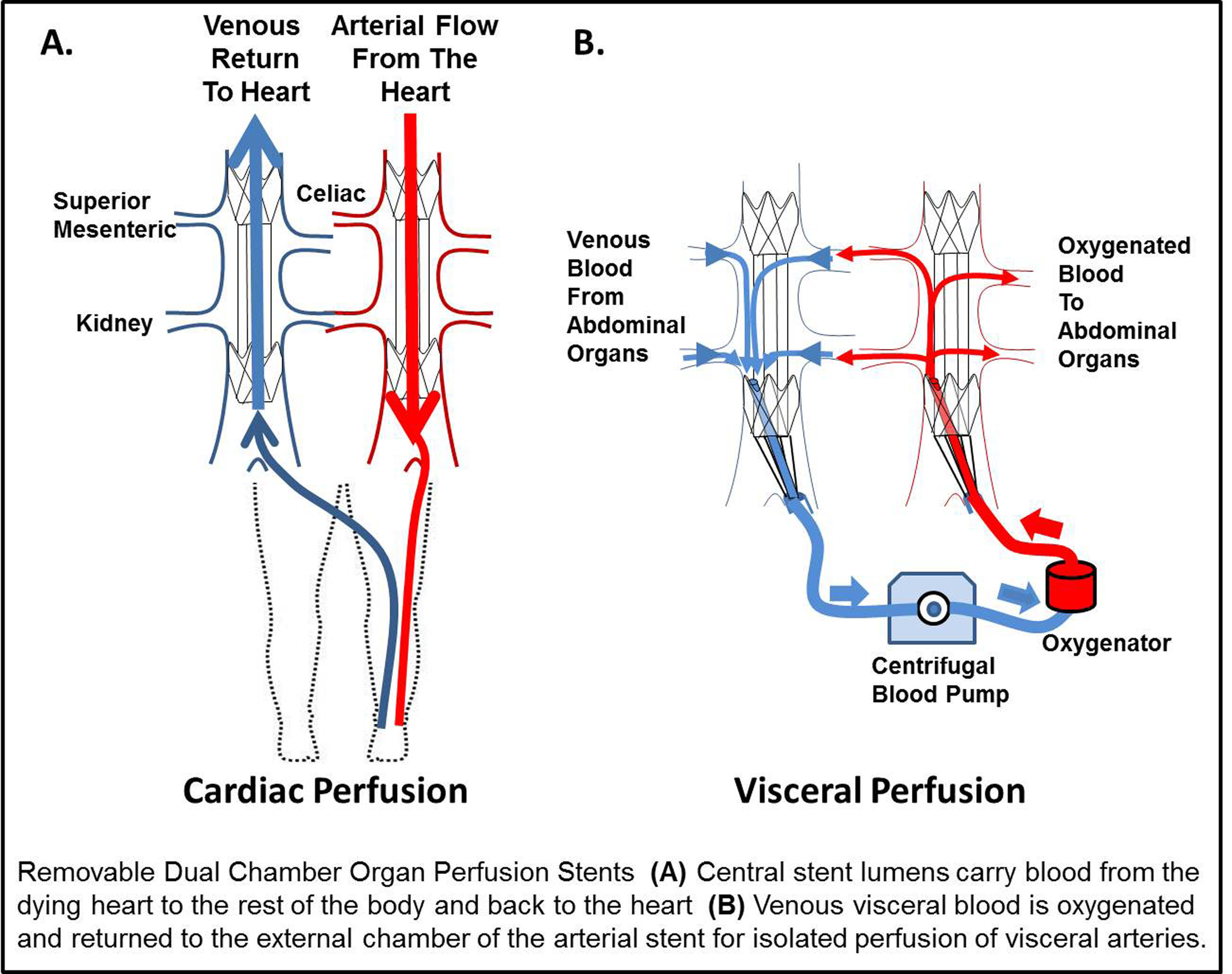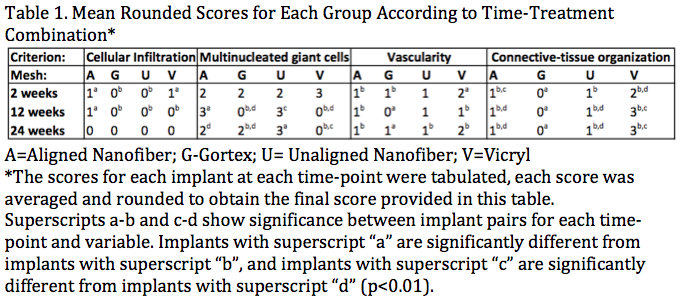A. Karmaker1,2, C. M. Costanzo1,2, M. Z. Schwartz1,2 1St. Christopher’s Hospital For Children,Surgery,Philadelphia, PA, USA 2Drexel University College Of Medicine,Philadelphia, Pa, USA
Introduction: Previous studies have demonstrated that glucagon-like-peptide-2 (GLP-2) enhances mucosal mass and function in residual intestine after massive small bowel resection (MSBR). Luminal omega-3 fatty acid (OM-3) reduces inflammation and may have a growth factor-like effect on small intestine (SI). However, there are few studies that have investigated the effects of OM-3 on bowel adaptation after MSBR. This study was designed to evaluate OM-3 alone and in combination with GLP-2, to determine a potential synergistic effect on intestinal growth and function using a rat model of intestinal failure.
Methods: 60 adult female Sprague-Dawley rats underwent 80% MSBR and were divided into 4 groups (N=15/group): Group 1: IV Saline (Control)+regular feeds; Group 2: IV GLP-2+regular feeds; Group 3: IV Saline+OM-3 enriched feeds; and Group 4: IV GLP-2+OM-3 enriched feeds(GO). 5 animals per group were sacrificed at 7, 14, and 28 days. SI mucosa was harvested. DNA and protein content were measured as markers of mucosal mass. Galactose and Glycine absorption were measured in a 10 cm segment of remaining SI using an in-vivo closed, recirculation technique at 28 days. Statistical analysis was done by ANOVA with post-hoc Tukey’s HSD test.
Results:7 Days: DNA was increased in all treatment groups compared to control(p<0.05) but not when compared to each other. Protein was increased in all treatment groups compared to control(p<0.05). Both OM-3 and GO groups had increased protein compared to GLP-2 only group(p<0.05) but not compared to each other.14 days: OM-3 and GO groups had increased DNA compared to control(p<0.05). Both OM-3 and GO groups had increased DNA compared to GLP-2 group (p<0.001) but not compared to each other. Protein was increased in all treatment groups compared to control(p<0.05). The OM-3 group had increased protein compared to the GLP-2 group(p<0.05), but GO group did not have increased protein compared to GLP-2 or OM-3 groups(p>0.05). 28 days: DNA was increased in all treatment groups compared to control(p<0.05). Both OM-3 and GO groups had increased DNA compared to GLP-2 group(p<0.005) but not compared to each other. The OM-3 and GLP-2 groups had increased protein when compared to control(p<0.05) and each other (p<0.005). All treatment groups had increased galactose and glycine absorption compared to the control group(p<0.005) but not compared to each other (Fig. 1).
Conclusion:Individually, GLP-2 and OM-3 are very effective in enhancing the adaptive process by increasing mucosal mass and function, at all three time points. More importantly clinically, GLP-2 and OM-3 increase substrate absorption in a rat model of intestinal failure. However, the combination does not show any synergism.








